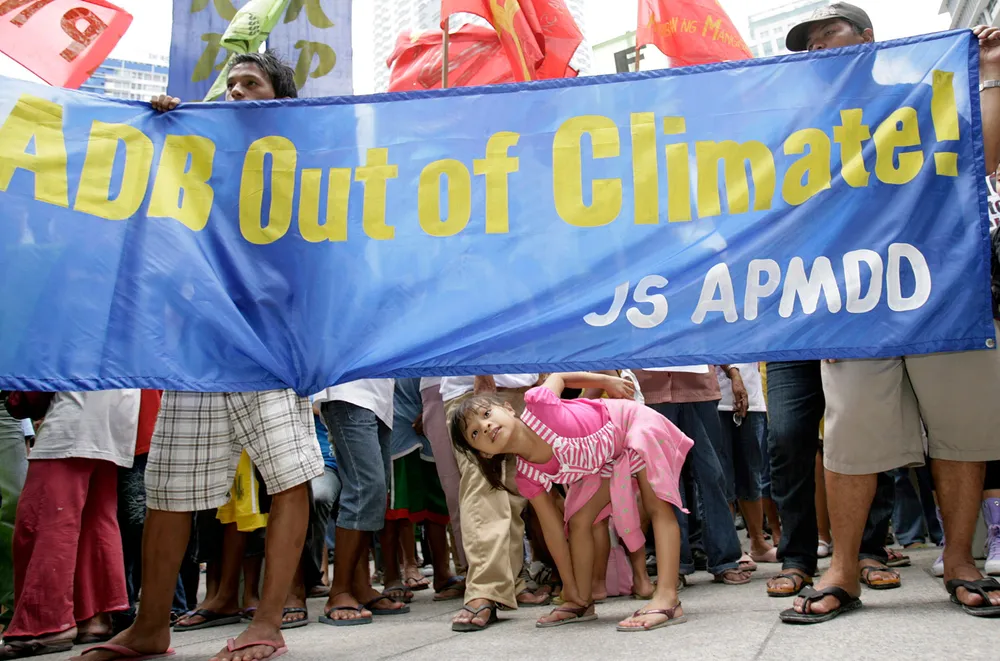CO2-enhanced oil recovery gaining traction in Indonesia
Proponents hope successful deployment in the US and elsewhere can be replicated in Southeast Asian nation

Proponents hope successful deployment in the US and elsewhere can be replicated in Southeast Asian nation
